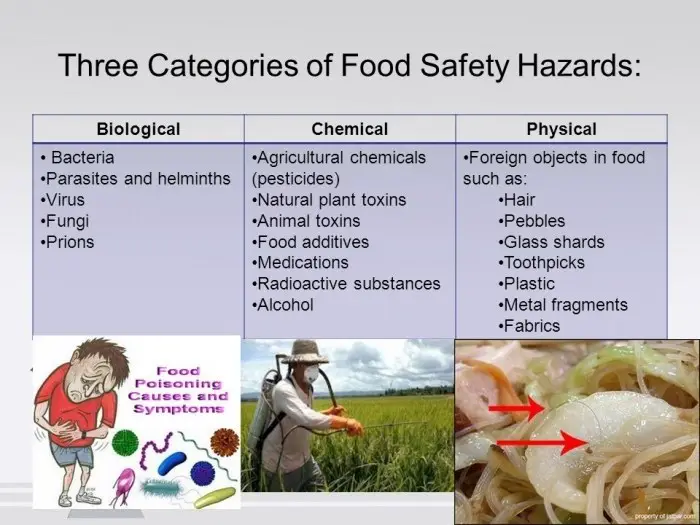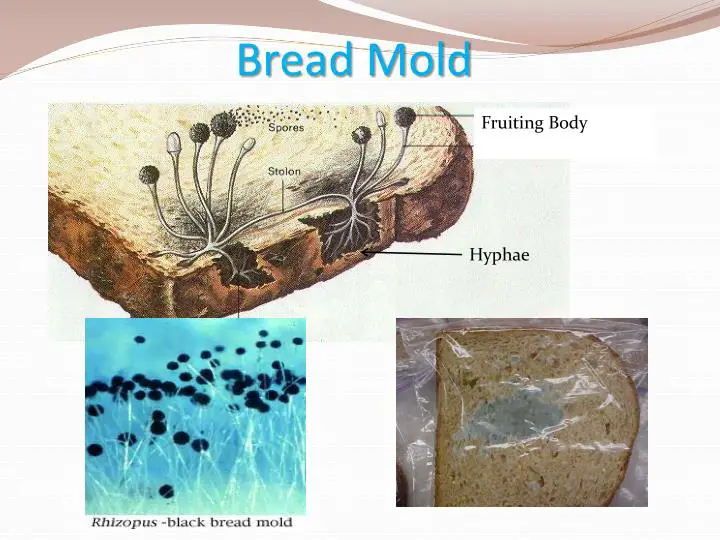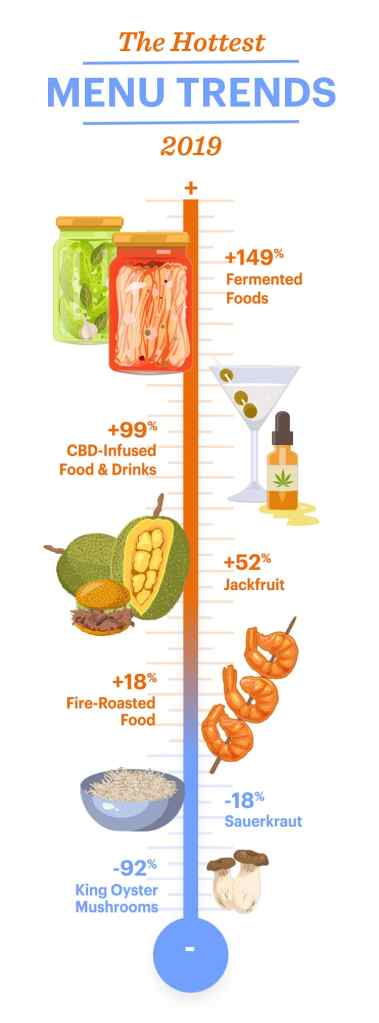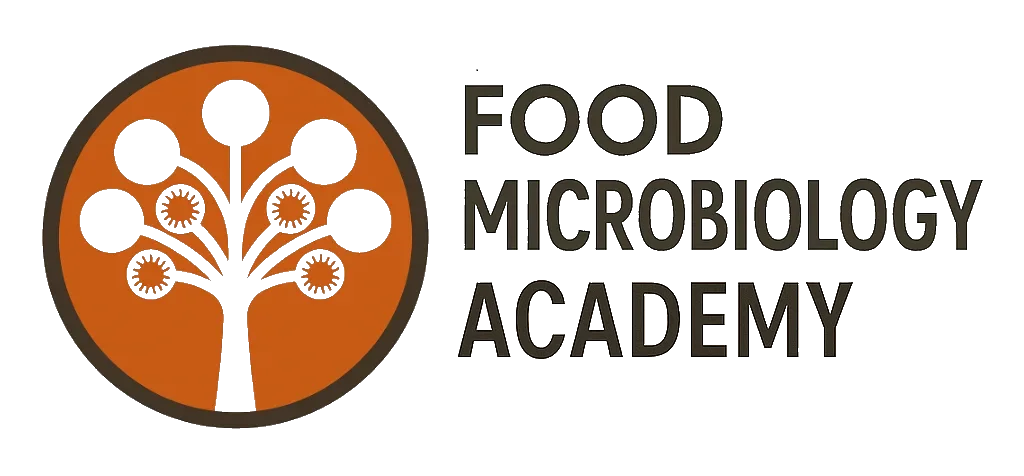Ok, well, a concept or maybe it’s just a definition, depending on how you look at it, that is of central importance, not only to food microbiology, but also to food science in general is food safety versus food quality. I say food science in general, because while to many, I believe, the (micro)biological aspects of food safety and food quality come to mind first, there are indeed many other facets to food safety and food quality. It’s worth pointing out at this stage that food safety and food quality refers to the unintentional adulteration of food, as can be seen in the image above. Food fraud and food defence are related concepts, but refer to intentional adulteration of food, of a criminal nature.
Briefly then, to start with, what is food safety and what is food quality. Food safety is a broad term in food science that certainly covers microbiological hazards first and foremost – bacteria, viruses, fungi and protozoan and animal parasites, like helminth worms. However, food safety includes non-biological hazards too (Figure 1). These are either chemical hazards (for example; antibiotic residues, allergens, pesticide residues, residual cleaning chemicals) and physical hazards like glass, metal, wood and the like that might find their way into food and pose a hazard. Then there is an interesting crossover area that is usually considered as a biological hazard, because of their biological origin, but it could also be though of as a chemical hazard – toxins produced by fungi or marine animals that find their way into food.

Food quality, what is that? What is quality food? This is a pretty big question and one that has many perspectives, of which biological is just one. In food microbiology, food quality is linked to the concept of food spoilage. Spoiled food, commonly said to be “off”, is food that is no longer thought of as being fit, or maybe I should simply say “pleasant” for human consumption due to the proliferation of microbial growth that has altered the expected sensory expectations of that food. Think mouldy bread (Figure 2), or ‘lumpy’ pasteurised milk (Figure 3) – these would be regarded as ‘off’, and are considered unpleasant to eat due to our expectation of what the microbiological quality, or status, of that product should be. I’ll get on to this point again later, but there is a distinction between “fit” for consumption and “pleasant” for consumption. Fit would be considered more of a food safety concept whereas pleasantness is more in the realm of food quality. Now, apart from (micro)biological quality, there are concepts of food quality from other areas in food science. For example nutritional quality and sensory quality. Over time, during shelf-life, the nutritional status of a manufactured food product can change, and usually this refers to deterioration of nutritional quality because the nutrients present in the food may not match that stated in the Nutrient Information Panel, and furthermore, bioavailability could be impacted too. Organoleptic, or sensory quality refers to what we can perceive of the product using our senses. During storage and distribution of manufactured food, a range of quality issues can be impacted, resulting in a product that doesn’t meet with customers’ expectations for that product. When this happens, the product can be seen by consumers to be of lower quality as it has deviated from not only their expectations, but what it was originally. This can signal the end of shelf-life for that food. This is one of the reasons food additives are used – to meet consumers’ quality expectations in that people expect a consistent product, from inconsistent raw biological materials with natural and normal biological variation. Possibly an unrealistic expectation? Either way, that’s life in countries considered to have advanced economies.


With the above information in mind, let us consider an important concept, a concept I consider one of the most important in the distinction between microbiological food safety and food quality. I’m sure there are exceptions, but I’m not aware of them:
Spoiled or “off” food does not make you ill.
Foodborne disease originates from food that looks, tastes and smells perfectly normal and thus acceptable to the consumer.
This leads me to a discussion of expiry dates, the two most common of which are “use by” and “best before” (Figure 4). The Use By date is for food safety, and means that the manufacturer does not guarantee the safety of that food beyond that date, although it may (and almost certainly will) look, taste and smell unchanged from the original. This is because the microorganisms that cause food borne disease are generally present in small amounts in a food and relatively few of them are required for us to get sick. A Use By date tends to be used for perishable food products, meat and milk for example. The Best Before date is for food quality, and means that the manufacturer does not guarantee the quality of that food beyond that date. This means that, for example: the colour may have faded or become more intense; a crunchy product may have softened or a soft product may have become firm or crunchy; or chemical reactions may have taken place in the food which has lowered its nutritional quality. Best before dates are commonly seen on non-perishable food products, like biscuits, cereals and nuts.

The confusion that results Use By dates and Best Before dates is a key element in food wastage. People sometimes discard a packet or biscuits that are past their Best Before date, for fear their consumption will make the ill. These people are getting the Best Before date mixed up with the Use By date. With few (if any) exceptions, a food beyond its Best Before date is still perfectly fine an acceptable to consume, but there is a (slim) chance it may be of lower quality compared to what you expect or what the product was immediately upon manufacture. An example of the confusion that can result is shown in Figure 5. Here we have a mouldy orange. It is clearly spoiled, but cannot make you sick if you ate it. Therefore, this flyer should have used “Best Before” rather than “Use By” because the quality of this fruit has deteriorated but it would still be safe to eat.

Think about this: Perception of “off” or spoiled food is very much based on society norms or maybe even individual norms. Take dairy yogurt, how did that originate? Quite possibly like this … someone milked a cow, left the raw milk sitting around at 30 °C or 40 °C for a day, then they tasted they lumpy and sour milk and thought that it was pretty nice. This is a simplification of the more popular story of yogurt origin which says that ancient (about 5000 BC) herders from Central Asia stored milk in bags made of animal stomachs, which, after a period of time in the warm sun, ws enough to turn the liquid milk into semi-solid yogurt. It might just be milk that has gone “off”, but maybe they bottled it, put the name “yogurt” on the outside and promoted it as a new fermented dairy product with a myriad of health benefits. …and these fermented food products, my friends, are one of the hottest food trends of our time (Figure 6), even though the product and the concept probably originated as spoiled food in ancient times. With that thought, I’ll leave it there.




